Grow French Beans Easily and unlock a world of fresh, homegrown goodness right in your backyard! Have you ever dreamed of plucking crisp, vibrant green beans straight from the vine for your dinner table? It’s easier than you think, and this DIY guide is your key to a bountiful harvest. For centuries, beans have been a staple crop in cultures around the globe, providing essential nutrients and a connection to the land. From ancient civilizations to modern-day gardens, the humble bean has nourished and sustained us.
But let’s face it, sometimes gardening can feel a little daunting. Maybe you’ve tried growing beans before with less-than-stellar results, or perhaps you’re a complete beginner unsure where to start. That’s where these simple yet effective DIY tricks and hacks come in. I’m here to show you how to grow French Beans Easily, even if you have limited space or a less-than-green thumb.
Imagine the satisfaction of serving a meal featuring beans you nurtured from seed to table. Not only will you enjoy the delicious flavor of freshly picked produce, but you’ll also save money, reduce your carbon footprint, and experience the therapeutic benefits of gardening. So, grab your gardening gloves, and let’s get started on this exciting journey to growing your own French beans!
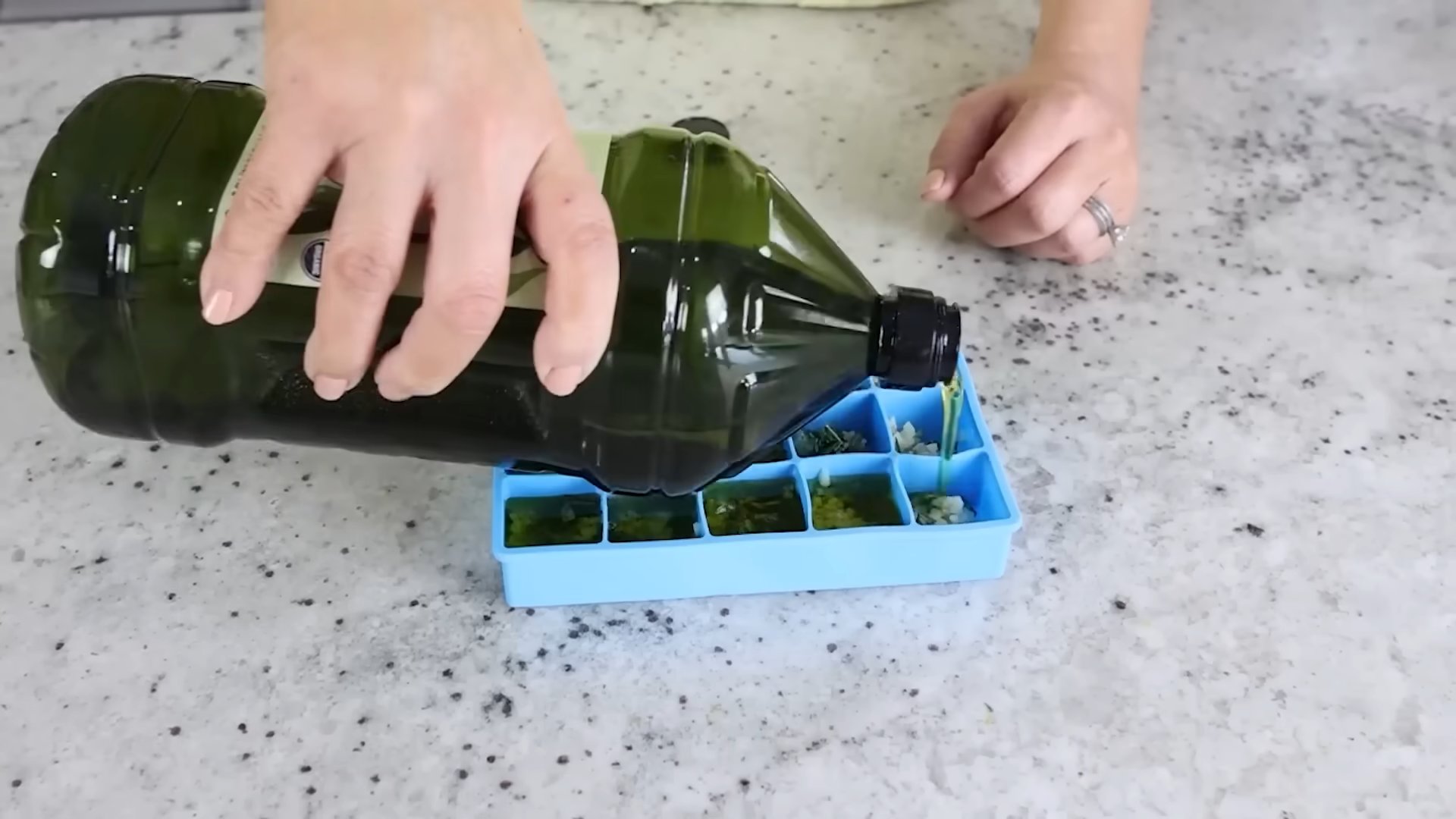
DIY: From Seed to Sprout – Growing Your Own Delicious French Beans!
Okay, so you want to grow French beans? Awesome! It’s surprisingly easy and incredibly rewarding. There’s nothing quite like munching on beans you’ve nurtured from tiny seeds. I’m going to walk you through everything, from choosing the right variety to harvesting your bumper crop. Let’s get our hands dirty!
Choosing Your Bean Variety
First things first, let’s talk beans! French beans, also known as string beans or snap beans, come in two main types: bush beans and pole beans.
* **Bush Beans:** These are compact and don’t need support. They produce a large harvest all at once, perfect if you want to can or freeze a lot of beans.
* **Pole Beans:** These are climbers and need a trellis or support structure. They produce beans over a longer period, giving you a steady supply throughout the season.
I personally love pole beans because they look so pretty climbing up a trellis, but bush beans are great if you’re short on space. Some popular varieties include:
* **Bush:** ‘Blue Lake Bush’, ‘Contender’, ‘Provider’
* **Pole:** ‘Kentucky Wonder’, ‘Scarlet Runner’, ‘Fortex’
Consider your space, your preference for harvesting frequency, and your local climate when making your choice.
Preparing Your Garden Bed
Beans love sunshine and well-drained soil. Here’s how to get your garden bed ready:
* **Sunlight:** Choose a spot that gets at least 6-8 hours of direct sunlight per day.
* **Soil:** French beans prefer slightly acidic to neutral soil (pH 6.0-7.0). Amend your soil with compost or well-rotted manure to improve drainage and fertility.
* **Weeds:** Clear the area of any weeds and grass. These will compete with your beans for nutrients and water.
* **Loosening the Soil:** Use a garden fork or tiller to loosen the soil to a depth of about 12 inches. This will allow the roots to penetrate easily.
* **Leveling:** Rake the soil smooth to create a level planting surface.
Planting Your French Beans
Now for the fun part – planting!
1. **Timing is Key:** French beans are sensitive to frost, so wait until the danger of frost has passed in your area before planting. The soil temperature should be at least 60°F (15°C). You can check the soil temperature with a soil thermometer. I usually plant mine a couple of weeks after the last expected frost date.
2. **Direct Sowing:** French beans are best sown directly into the garden. They don’t transplant well.
3. **Spacing:**
* **Bush Beans:** Plant seeds 1-2 inches deep and 2-4 inches apart in rows that are 18-24 inches apart.
* **Pole Beans:** Plant seeds 1-2 inches deep and 4-6 inches apart at the base of your trellis or support structure.
4. **Watering:** Water the soil gently after planting to keep it moist. Don’t overwater, as this can cause the seeds to rot.
5. **Marking:** Label your rows so you know what you’ve planted! It’s easy to forget, trust me!
Building a Trellis for Pole Beans
If you’re growing pole beans, you’ll need a trellis or some other type of support. Here are a few ideas:
* **Bamboo Trellis:** Drive bamboo poles into the ground and tie them together to create a teepee or A-frame structure.
* **Netting:** Attach netting to posts or a fence.
* **String:** Run string from the ground to an overhead support.
I like to use bamboo poles because they’re natural and easy to work with.
1. **Gather Materials:** You’ll need bamboo poles (or other sturdy poles), twine, and a pair of scissors.
2. **Position the Poles:** Decide where you want your trellis to be and drive the poles into the ground, forming a teepee or A-frame shape. Make sure the poles are securely anchored.
3. **Tie the Poles:** Use twine to tie the poles together at the top. Wrap the twine tightly to create a strong connection.
4. **Add Horizontal Supports (Optional):** For extra support, you can add horizontal poles or twine between the vertical poles. This will give the bean vines more to grab onto.
5. **Plant Your Beans:** Plant your pole bean seeds at the base of the trellis, following the spacing guidelines above.
Caring for Your French Beans
Once your beans are planted, it’s important to provide them with the care they need to thrive.
* **Watering:** Water regularly, especially during dry spells. Beans need consistent moisture to produce well. Aim for about 1 inch of water per week. Water at the base of the plants to avoid wetting the foliage, which can lead to fungal diseases.
* **Weeding:** Keep the area around your beans free of weeds. Weeds compete for nutrients and water. Hand-pull weeds carefully to avoid disturbing the bean plants’ roots.
* **Fertilizing:** French beans don’t need a lot of fertilizer, but a side dressing of compost or a balanced fertilizer a few weeks after planting can help boost growth. Avoid over-fertilizing, as this can lead to excessive foliage growth and fewer beans.
* **Pest Control:** Keep an eye out for pests such as aphids, bean beetles, and slugs.
* **Aphids:** Spray aphids with a strong stream of water or use insecticidal soap.
* **Bean Beetles:** Handpick bean beetles or use neem oil.
* **Slugs:** Use slug bait or traps. I like to use beer traps – bury a shallow dish filled with beer in the ground. The slugs will be attracted to the beer and drown.
* **Disease Prevention:** Prevent fungal diseases by watering at the base of the plants and providing good air circulation. If you notice any signs of disease, such as yellowing leaves or spots, remove the affected plants immediately.
Harvesting Your French Beans
The moment you’ve been waiting for – harvesting!
1. **Timing:** French beans are usually ready to harvest about 50-60 days after planting. The pods should be firm, crisp, and snap easily when bent. Don’t let the beans get too large and tough.
2. **Picking:** Pick the beans regularly to encourage continued production. Use scissors or pruning shears to cut the beans from the plant, leaving a short stem attached.
3. **Handling:** Handle the beans gently to avoid bruising them.
4. **Storage:** Freshly picked French beans can be stored in the refrigerator for up to a week. For longer storage, you can blanch and freeze them.
Troubleshooting
Even with the best care, you might encounter some problems. Here are a few common issues and how to deal with them:
* **Poor Germination:** If your seeds don’t germinate, it could be due to cold soil, overwatering, or poor-quality seeds. Make sure the soil temperature is warm enough before planting, avoid overwatering, and use fresh seeds.
* **Yellowing Leaves:** Yellowing leaves can be a sign of nutrient deficiency, overwatering, or disease. Check the soil drainage, fertilize if necessary, and look for signs of disease.
* **Lack of Beans:** If your plants are growing well but not producing beans, it could be due to lack of pollination, hot weather, or over-fertilizing. Make sure there are pollinators in your garden, provide shade during hot weather, and avoid over-fertilizing.
* **Pest Infestation:** Regularly inspect your plants for pests and take action promptly to prevent infestations from getting out of control.
Enjoying Your Harvest
Now that you’ve harvested your delicious French beans, it’s time to enjoy them! They’re incredibly versatile and can be used in a variety of dishes.
* **Steamed or Boiled:** Simply steam or boil the beans until tender-crisp. Serve them with butter, salt, and pepper.
* **Sautéed:** Sauté the beans with garlic, onions, and other vegetables.
* **Roasted:** Roast the beans in the oven with olive oil and your favorite seasonings.
* **Salads:** Add the beans to salads for a crunchy and nutritious boost.
* **Casseroles:** Use the beans in casseroles and other baked dishes.
I personally love to sauté them with garlic and a little bit of lemon juice. So simple, yet so delicious!
Growing your own French beans is a rewarding experience that will provide you with fresh, healthy food for your table. With a little bit of planning and care, you can enjoy a bountiful harvest of these delicious vegetables. Happy gardening!
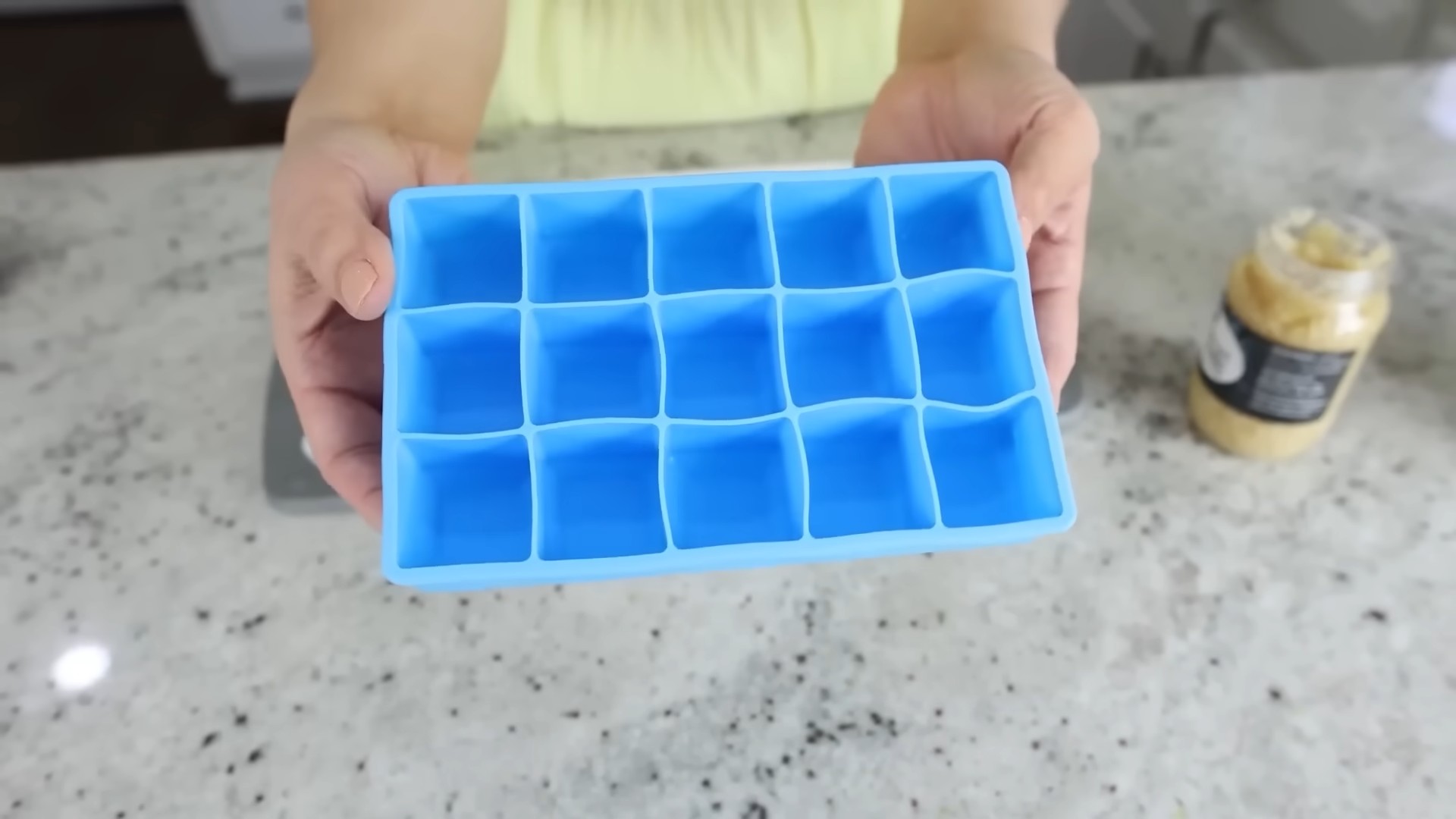
Conclusion
So, there you have it! Growing French beans easily doesn’t have to be a daunting task reserved for seasoned gardeners. With a little preparation, the right techniques, and a dash of patience, you can enjoy a bountiful harvest of fresh, crisp French beans right from your own backyard (or even balcony!).
This DIY method, focusing on optimal soil preparation, strategic planting, and consistent care, is a game-changer for both beginner and experienced gardeners. Why spend money on store-bought beans when you can cultivate your own, knowing exactly where they came from and what went into growing them? The taste difference alone is worth the effort – homegrown French beans are bursting with flavor, far surpassing anything you’ll find on supermarket shelves.
But the benefits extend beyond just taste. Gardening is a fantastic way to connect with nature, relieve stress, and get some much-needed fresh air and sunshine. Plus, you’ll be reducing your carbon footprint by growing your own food locally.
Don’t be afraid to experiment with different varieties of French beans. Bush beans are perfect for smaller spaces and require minimal support, while pole beans offer a larger yield and can be trained to climb trellises or fences, adding a beautiful vertical element to your garden. Consider trying different colors too – yellow wax beans or purple beans can add visual interest to your garden and your plate.
For those in colder climates, starting your French bean seeds indoors a few weeks before the last expected frost can give them a head start. Just be sure to harden them off gradually before transplanting them outdoors. And if you’re dealing with pests like aphids or bean beetles, consider using organic pest control methods like introducing beneficial insects or spraying with neem oil.
We’re confident that this guide will empower you to successfully grow French beans easily. The satisfaction of harvesting your own homegrown produce is truly rewarding. So, grab your gardening gloves, gather your supplies, and get ready to embark on this exciting gardening adventure!
We’d love to hear about your experiences! Share your photos, tips, and challenges in the comments below. Let’s create a community of French bean enthusiasts and learn from each other. Happy gardening!
Frequently Asked Questions (FAQ)
What is the best time to plant French beans?
The ideal time to plant French beans is after the last frost when the soil has warmed up to at least 60°F (15°C). French beans are sensitive to cold temperatures, so planting too early can hinder their growth or even kill them. In most regions, this is typically in late spring or early summer. You can also check your local planting calendar for specific dates based on your region’s climate. If you’re unsure, wait a week or two after the last expected frost to be on the safe side. Successive planting every two to three weeks will ensure a continuous harvest throughout the growing season.
How much sunlight do French beans need?
French beans thrive in full sun, requiring at least 6-8 hours of direct sunlight per day. Sunlight is crucial for photosynthesis, the process by which plants convert light energy into chemical energy for growth. Insufficient sunlight can lead to leggy growth, reduced yields, and increased susceptibility to diseases. Choose a planting location that receives ample sunlight throughout the day. If you’re growing beans in containers, make sure to place them in a sunny spot. If you live in a particularly hot climate, some afternoon shade can be beneficial to prevent the plants from overheating.
What type of soil is best for French beans?
French beans prefer well-drained, fertile soil with a slightly acidic to neutral pH (around 6.0 to 7.0). Good drainage is essential to prevent root rot, a common problem in waterlogged soils. Before planting, amend the soil with compost or other organic matter to improve its fertility and drainage. Avoid heavy clay soils, as they tend to retain too much water. If you have clay soil, consider adding sand or perlite to improve drainage. A soil test can help you determine the pH of your soil and identify any nutrient deficiencies.
How often should I water French beans?
French beans need consistent moisture, especially during flowering and pod development. Water deeply and regularly, aiming to keep the soil consistently moist but not waterlogged. The frequency of watering will depend on the weather conditions and the type of soil. In hot, dry weather, you may need to water daily, while in cooler, wetter weather, you can water less frequently. Check the soil moisture by sticking your finger about an inch into the soil. If it feels dry, it’s time to water. Mulching around the plants can help retain moisture and suppress weeds.
Do French beans need fertilizer?
While French beans don’t require heavy fertilization, providing them with a balanced fertilizer can help promote healthy growth and abundant yields. Before planting, incorporate compost or well-rotted manure into the soil. During the growing season, you can side-dress the plants with a fertilizer that is low in nitrogen and higher in phosphorus and potassium. Too much nitrogen can promote leafy growth at the expense of pod production. Avoid over-fertilizing, as this can damage the plants. Organic fertilizers, such as bone meal and kelp meal, are a good option for providing essential nutrients.
How do I prevent pests and diseases from affecting my French beans?
Preventing pests and diseases is crucial for a successful French bean harvest. Practice good garden hygiene by removing any dead or diseased plant material. Rotate your crops each year to prevent the buildup of soilborne diseases. Monitor your plants regularly for signs of pests, such as aphids, bean beetles, and spider mites. If you spot any pests, take action immediately. Organic pest control methods, such as introducing beneficial insects, spraying with neem oil, or using insecticidal soap, are effective and safe for your plants. Ensure proper air circulation around the plants to prevent fungal diseases.
When are French beans ready to harvest?
French beans are typically ready to harvest about 50-60 days after planting, depending on the variety. The pods should be firm, crisp, and tender, and the beans inside should be small and undeveloped. Harvest the beans regularly to encourage continued production. Overripe beans will be tough and stringy. Snap the beans off the plant carefully to avoid damaging the stems. Enjoy your fresh, homegrown French beans in salads, stir-fries, or as a side dish.
Can I grow French beans in containers?
Yes, French beans can be successfully grown in containers, especially bush bean varieties. Choose a container that is at least 12 inches deep and wide to provide enough room for the roots to grow. Use a well-draining potting mix and ensure that the container has drainage holes. Place the container in a sunny location and water regularly. You may need to fertilize container-grown beans more frequently than those grown in the ground, as nutrients can leach out of the soil more quickly. Pole beans can also be grown in containers, but they will require a trellis or other support structure.
What are some common problems when growing French beans and how can I fix them?
Some common problems when growing French beans include:
* **Poor germination:** Ensure that the soil is warm enough and that the seeds are not planted too deep.
* **Yellowing leaves:** This could be a sign of nutrient deficiency, overwatering, or disease. Check the soil pH and nutrient levels, adjust your watering schedule, and treat any diseases promptly.
* **Pest infestations:** Monitor your plants regularly and take action immediately if you spot any pests.
* **Lack of pod production:** This could be due to insufficient sunlight, poor pollination, or over-fertilization with nitrogen. Ensure that your plants are getting enough sunlight, attract pollinators to your garden, and use a balanced fertilizer.
* **Root rot:** This is caused by overwatering and poor drainage. Ensure that the soil is well-draining and avoid overwatering.
What are some interesting variations I can try when growing French beans?
* **Grow different varieties:** Experiment with different colors (yellow wax beans, purple beans) and types (bush beans, pole beans) to add variety to your garden and your plate.
* **Succession planting:** Plant beans every two to three weeks to ensure a continuous harvest throughout the growing season.
* **Companion planting:** Plant beans alongside other vegetables, such as carrots, cucumbers, and marigolds, to deter pests and improve growth.
* **Vertical gardening:** Grow pole beans on trellises or fences to save space and add a beautiful vertical element to your garden.
* **Seed saving:** Save seeds from your best-performing plants to grow next year.

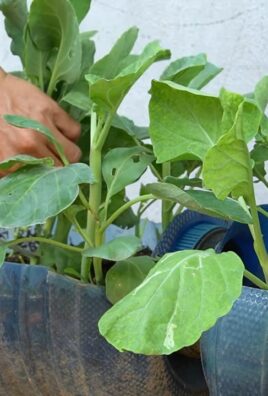
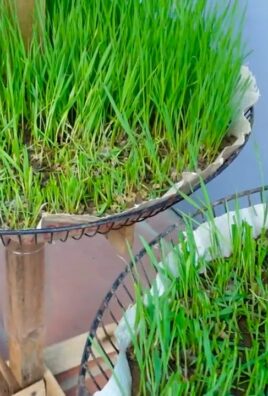
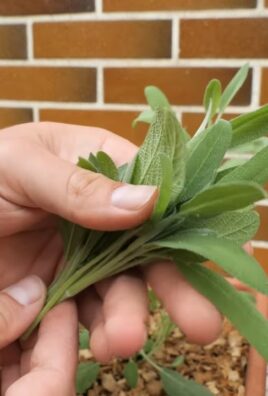
Leave a Comment